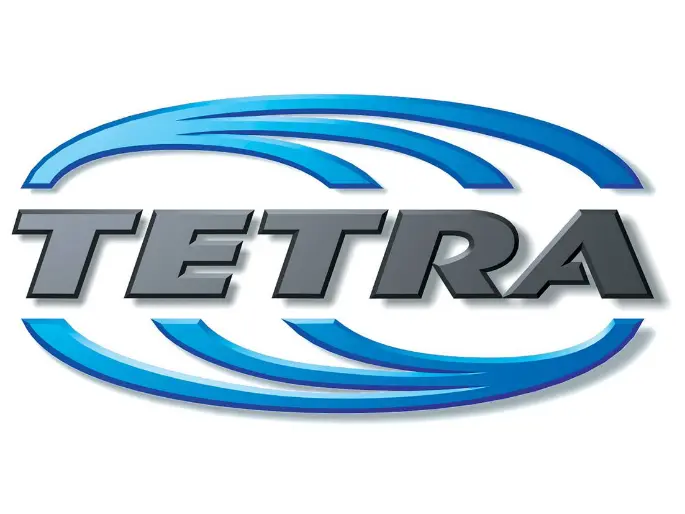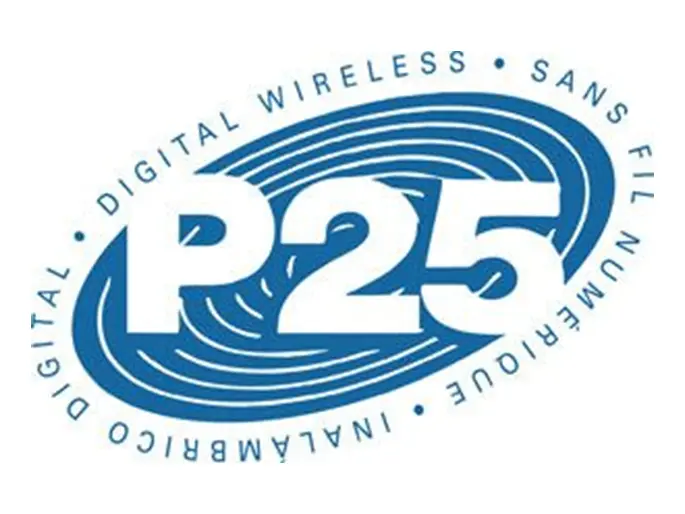TETRA (ie. Terrestrial Trunked Radio) is the accepted digital radio standard for critical communications. The TETRA standard was developed by the European Telecommunications Standards Institute (ETSI), and was originally conceived and developed for use by the European Union government and public safety agencies. Since its inception, it has been adopted by multiple governments and organisations across the globe due to its diverse functionality and interoperability between vendors.

Powerful technology that goes far beyond a two-way conversation
RADLINK, AUSTRALIA’S TETRA EXPERTS
Radlink has been at the forefront of TETRA in Australia, having deployed most of the major TETRA networks in the country; including designing WA’s first TETRA digital radio system and the first multi-site system in the country.
A VERSATILE AND FLEXIBLE SYSTEM
TETRA two-way radio networks provide a highly reliable and feature-rich solution for small private systems up to large public networks, while preserving the characteristics and advantages of traditional private land mobile radio systems (such as fast call set-up, group calls and direct mode communication).
BEYOND VOICE RADIO – THE POWER OF DATA
TETRA brings outstanding new capabilities to radio, which go far beyond voice. It combines some of the features of cellular technology with data communications and the workgroup capabilities of Private Mobile Radio (PMR). Radlink has helped countless clients realise the value in this, utilising their TETRA networks for a wide variety of SCADA, GPS, and other low-bandwidth data requirements along with mission critical voice.
The system’s ability to carry data over the radio network significantly adds to the productivity, efficiency, safety and responsiveness of a team of employees who work some distance from the nearest corporate LAN connection point.
TETRA is often the best choice for medium to high-capacity trunked networks with high traffic volume and low coverage areas, such as large industrial complexes, large campuses, airports, mine sites, oil platforms and similar locations.
ADVANCED TECHNOLOGY THAT’S EASY TO USE
TETRA two-way radio handsets are easy to operate, even when being used for complex services such as dispatch controlling and emergency response.
In an emergency, the system’s GPS tracking and individual identification provide vital information for a speedy and successful rescue.
Being a global open standard, TETRA supports different brands of subscribers operating on the one network. The team at Radlink can help you navigate the many options in the market and select the option that best fits your unique requirements.
P25
THE NORTH AMERICAN PUBLIC SAFETY STANDARD
Project 25 (P25) is a set of radio communication standards drawn up through the joint efforts of the Association of Public Safety Communications Officials International, the National Association of State Telecommunications Directors, selected Federal Agencies and the National Communications System – and standardised under the (North American) Telecommunications Industry Association.

THE RADIO SYSTEM USED BY EMERGENCY SERVICES
P25 was developed as a standard for digital radio communications in North America primarily for use by public law enforcement and safety agencies to enable them to communicate with other agencies and response teams in emergencies. It is still the main radio standard used in the USA and Canada today, and is also heavily used by public safety agencies in Australia.
OPEN STANDARDS MEAN IT’S A FLEXIBLE SOLUTION
The P25 standard is in the public domain, so any manufacturer can create a compatible product making it a flexible and versatile system. P25 can operate in two modes:
Conventional Mode – which provides a simple infrastructure system that normally repeats radio calls from one frequency to another.
Trunked Mode – where a controller within the infrastructure provides the intelligence to manage call set up, subscribers, roaming across the system, channel assignment etc.
P25 can use rugged and high-powered portable 5-watt handsets which give a wide radio coverage making them ideal for emergency services, mine sites and other demanding applications.
DMR
DIGITAL MOBILE RADIO (DMR)
DMR is a relatively new digital radio standard created for professional mobile radio users and developed by the European Telecommunications Standards Institute (ETSI) in 2005. DMR is an excellent replacement for ageing two-way radio systems and is especially suited to large areas with relatively low traffic applications.

A DMR SYSTEM OFFERS:
- The ability to send short text messages through a radio handset or via a computer
- GPS tracking
- The ability to call specific groups of users or individuals for private conversations
- Bluetooth integration with a wide range of devices.
Analogue
TRUSTED, STRAIGHTFORWARD AND EASY TO USE
Analogue radio has been around forever and was traditionally the primary communication platform for most commercial and industrial uses. Even in this digital age, it’s still a very reliable and straightforward method of communication.
Analogue technology is still commonly used for applications requiring a small number of users to communicate between each other without the need for data. There is a large selection of portable, in-vehicle and base station radio products and accessories, making it an attractive option where a simple, reliable radio network is required.


